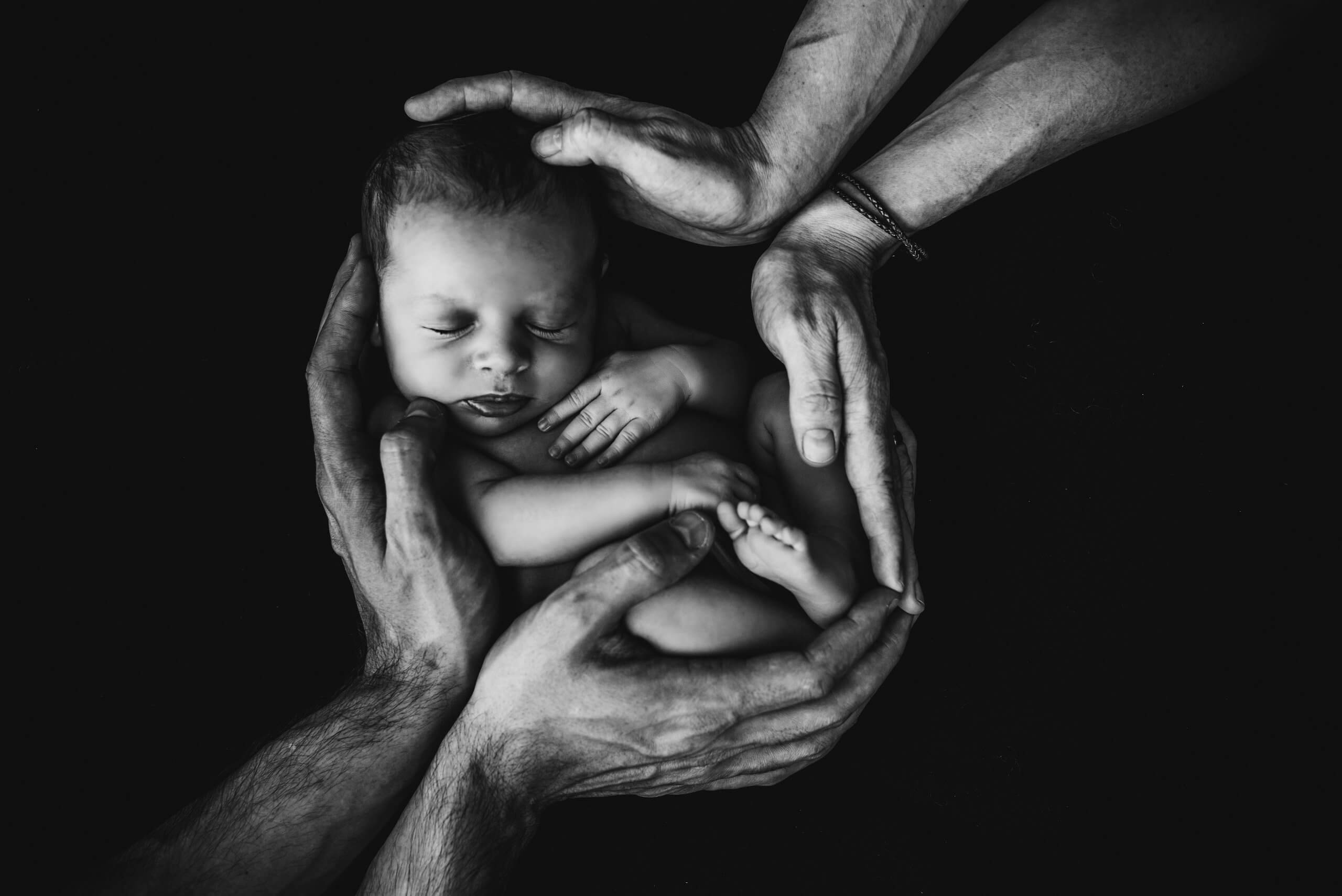I recently received an email from a childbirth educator who worked with eleven pregnant parents with babies in the breech position. Eight of the babies self-repositioned with Spinning Babies®’ techniques, but three of them did not. She sought insight into what happened and ideas for similar situations in the future. One of the three pregnant parents had chronic pain, the other two had athletic body types and high physical activity levels, and one of them also had a history of hernia repair.
I believe you will find my response helpful if you have a baby in the breech position, or if you work with pregnant parents who do.
There are three issues arising in your description of the parents’ babies who stayed breech.
Chronic Pain
You dehttps://www.spinningbabies.com/wp-content/uploads/2019/10/sample3-1.png one of your students who couldn’t do the techniques because the chronic pain was unbearable. Chronic pelvis pain is often due to an imbalance in the muscles, joints, and connective tissues of the body in and around the pelvis, or also the upper back and neck, and sometimes jaw muscles. An Aware Practitioner with a therapeutic massage therapy background or another gifted body worker can help with chronic pain. I prioritize gentle methods of activating the fascia rather than deep massage or manipulation, but each person has unique needs. I also recommend this book by Cecile Rost for pregnant parents with chronic pain.
Overdeveloped abdominal and pelvic floor
When one muscle is worked very strongly, its partner muscle (agonist/ antagonist pair partners) may be weak or less developed causing an imbalance and shorter muscles in one area (the anterior abdominal wall), and sometimes less support and stability in the back. The pelvic floor may be shortened (tighter) and the respiratory diaphragm mirrors the constricted area of the pelvic floor, affecting the breathing room. The belly muscles may begin to separate from the center (diastasis recti). Overdeveloped abs may crowd the uterus and the baby doesn’t have room to turn. Self-care for overdeveloped muscles and tight abs is helpful. A pregnancy belt can actually help the muscles relax a bit. The Jiggle of the buttocks over a period of time, longer than ten minutes, aids the muscles. This is not shaking and not jiggling the belly. That may be overdone by some and become dangerous, so we stay off the belly.
Potential adhesions from previous surgeries
Scar tissue may make the fascia or connective tissue less supple and over time, pulls on the connective tissue causing band-like or sheath-like areas that are less flexible that may crowd the uterus or tip the uterus or even the pelvic joints. Various effects may occur depending on the extent of the results on underlying connective tissue surrounding the scar and even throughout the body, as the connective tissue extends everywhere. A person specially trained in scar remediation during pregnancy can be a great help. Bodywork to address the cause of the hernia will also be helpful, this specific situation deserves a specialized professional.
Self-Care
Here are some other self-care options I recommend for parents who have a baby presenting in the breech position.
Helping Your Breech Baby Turn is an ebook I created. It is a 6-day self-directed program that gives you tools to help turn your breech baby.
Our newest online course, Breech for Pregnant Parents, is an excellent resource. Taught by Spinning Babies® Approved Trainer Nicole Morales and Spinning Babies® Aware Practitioner Jamie Mossay, this online course offers at-home steps, self-care, and body care for parents who have a baby in the breech position.
The Breech Release is a book by Midwife Nicole Morales and Massage Therapist Jamie Mossay, who also teach for Spinning Babies®. In it, parents find advanced self-care techniques and conversations about the journey one takes in pregnancy with a breech positioning baby.
The Daily Essentials Video and/ or these suggested daily activities will help add suppleness for the pregnant parent.
Photo by Isaac Quesada on Unsplash

